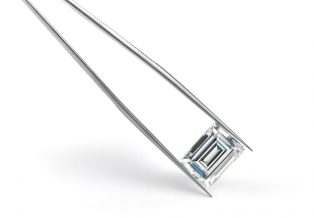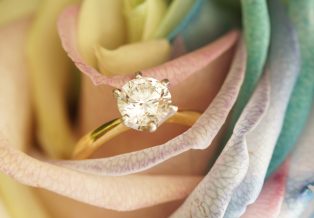All Posts in Antiques & Jewelry

Carl Bucherer is a designer famous for their fabulous watches and jewelry such as this vintage golden giraffe brooch. Below is a brief overview of their history and the characteristics which made their jewelry house world famous.

The Portuguese cut is widely regarded by many jewelers as being one of the most challenging. The process is so complex and time-consuming that it can quickly test the patience of inexperienced gem cutters, but the spectacular results are well worth the effort.

A gem’s cut influences its shape and the manner in which it will sparkle when set. Many people are familiar with the oval or round shaped stones with facets that glimmer, but a lesser known stone cut that is stylish and striking is the step cut, which has increased in popularity.

For over thirty years, Carolyn Morris Bach has produced fabulous jewelry which is distinct for its visual metaphors and themes, which are often taken from classical iconographies. This has made her jewels popular among diehard jewelry connoisseurs, such as these signed 18k gold metallic bone earrings from 1994.

The Barion is one of the newest jewelry cuts, having been invented by Basil Watermeyer in 1971. It was first applied to South African diamonds but gem cutters quickly realized the advantages that could be gained when it was applied to other colored gemstones.

The earliest rose cuts consisted of stones which were altered by using only minimal changes with light polishing prior to being set within jewelry. Classic examples of this include table or point cuts, but glitzier and more fashionable techniques have been developed over the centuries.


